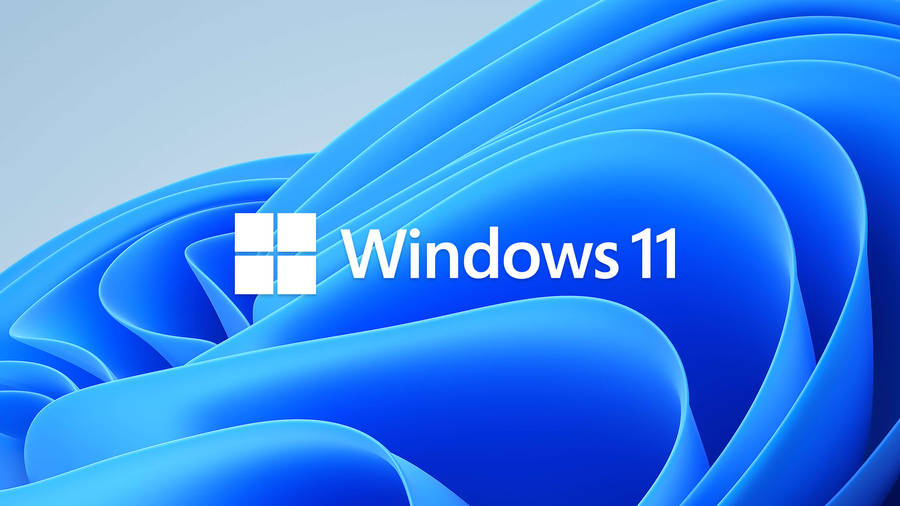
If you are experiencing issues with your Windows PC not shutting down properly, you can follow these steps to fix it and ensure it refreshes properly upon startup.
Whether you prefer a complete shutdown or standby, your computer might not be shutting down as expected due to a default setting that causes it to enter a state of hibernation in Windows.
Please note that although the guide and screenshots are based on Windows 11, the process is the same for Windows 10.
How to properly shut down a Windows PC:
1. Open the Start menu and type “control panel” to access it.
2. Click on Hardware and Sound.
3. Under Power Options, click on Change what the power buttons do.
4. Click Change settings, which are currently unavailable, to adjust the grayed-out settings.
5. Uncheck the box next to Turn on Fast Startup, then click Save Changes.
Note: If the box is already unchecked or not on the list, it means your computer doesn’t support this feature or is already disabled.
It’s important to note that if you prefer to keep fast startup enabled, manually restarting your PC will achieve the same result as a complete shutdown.
Now that you know how to shut down Windows correctly, you might find our guides on upgrading to Windows 11 from Windows 10 or enabling God Mode in Windows 11 or 10 helpful.




